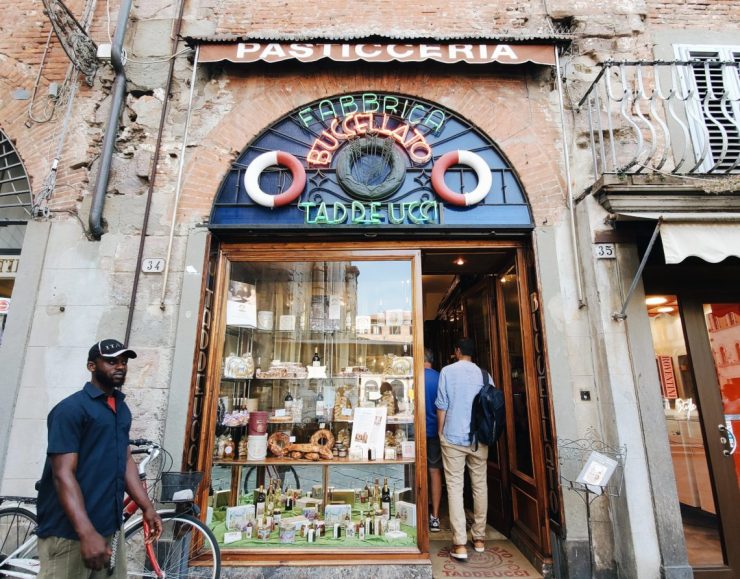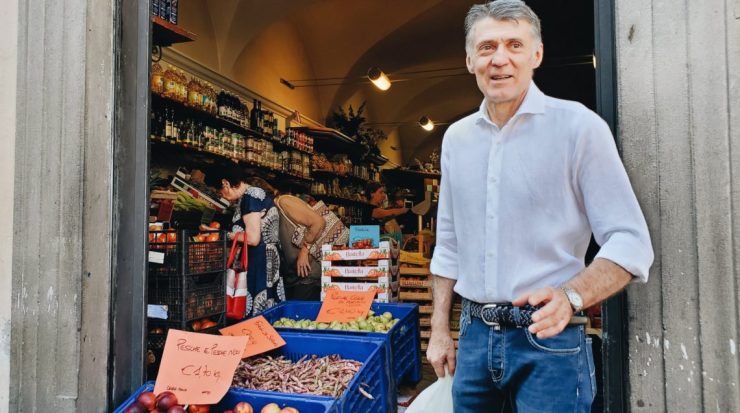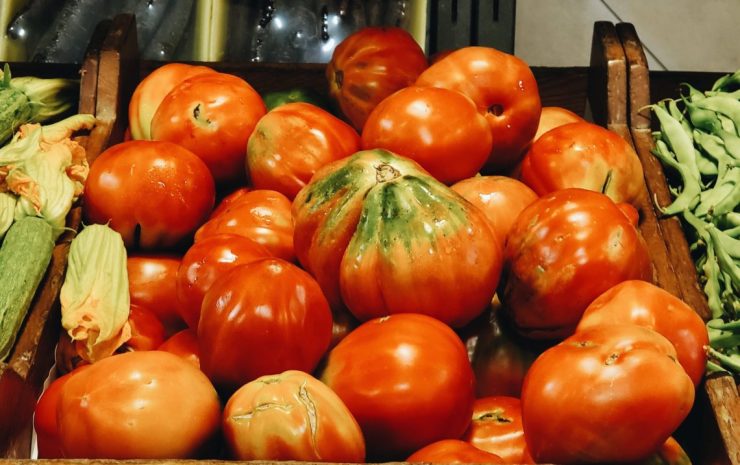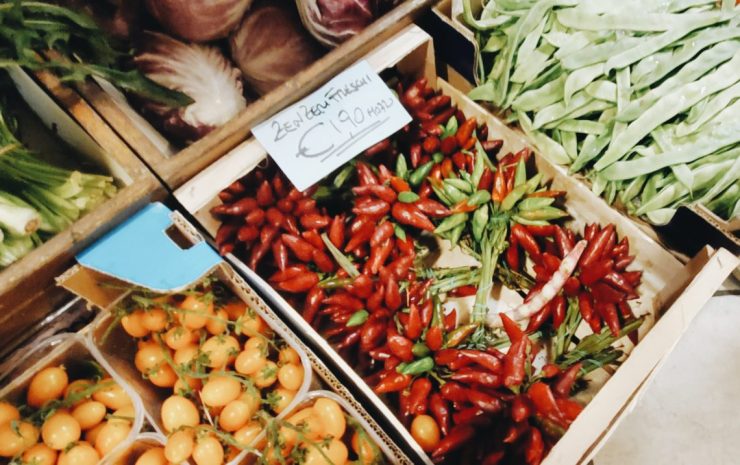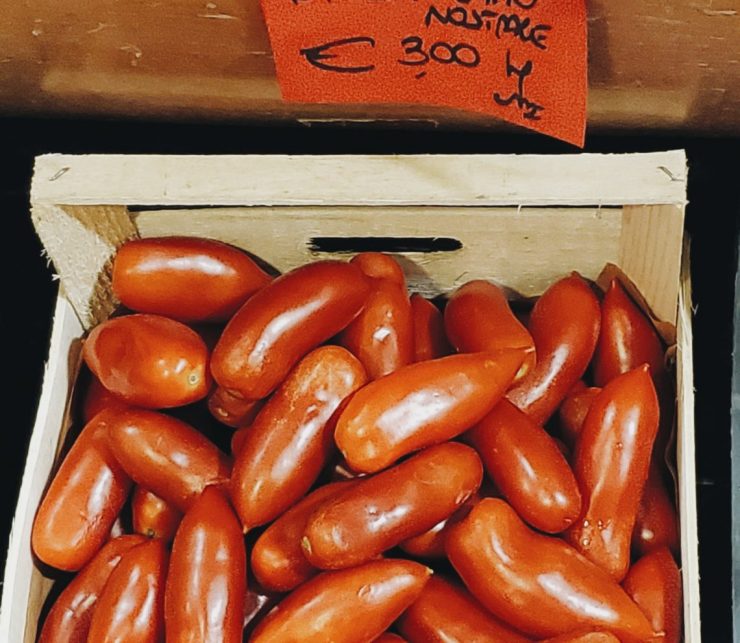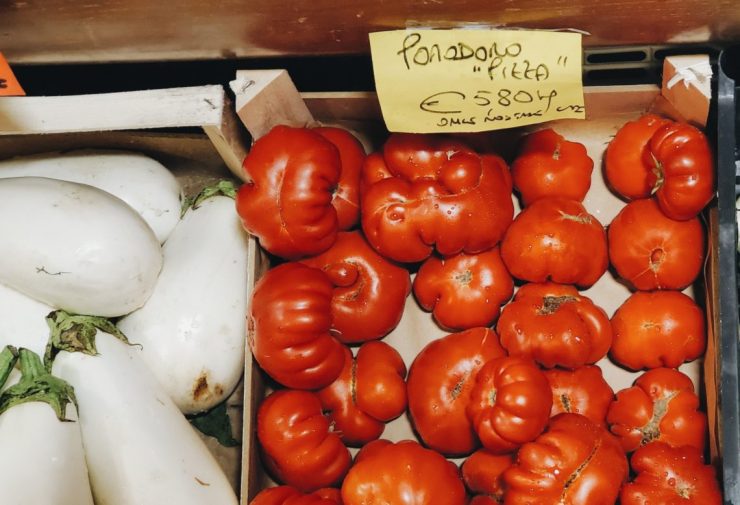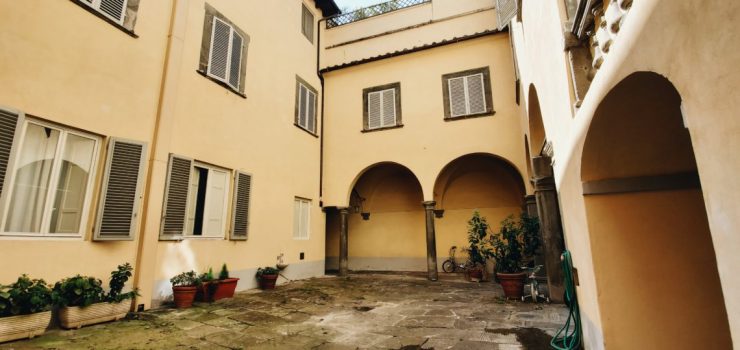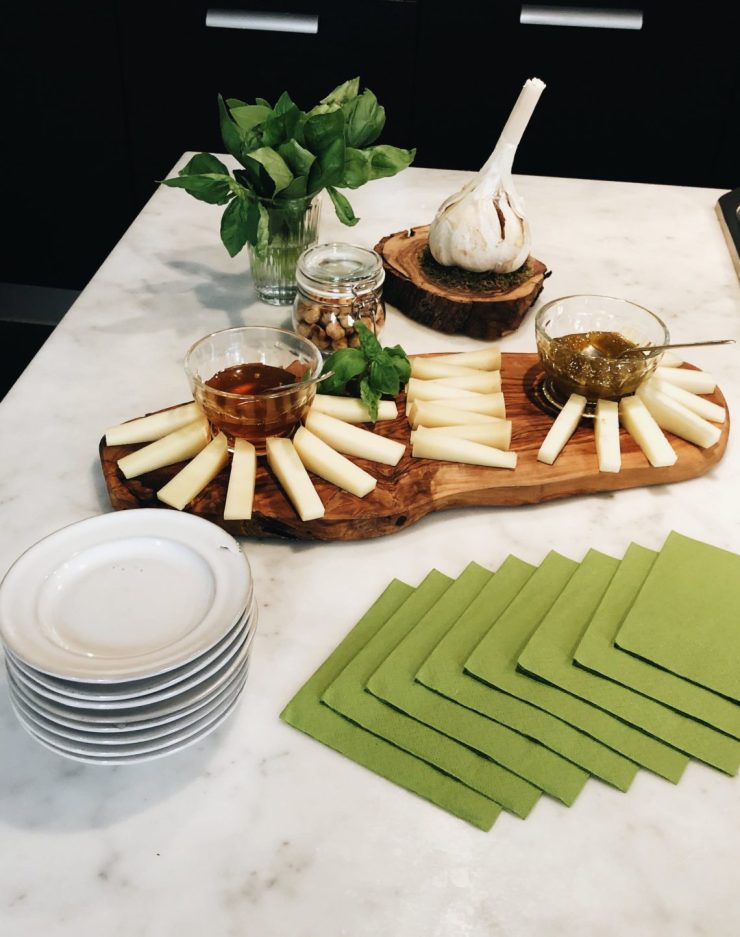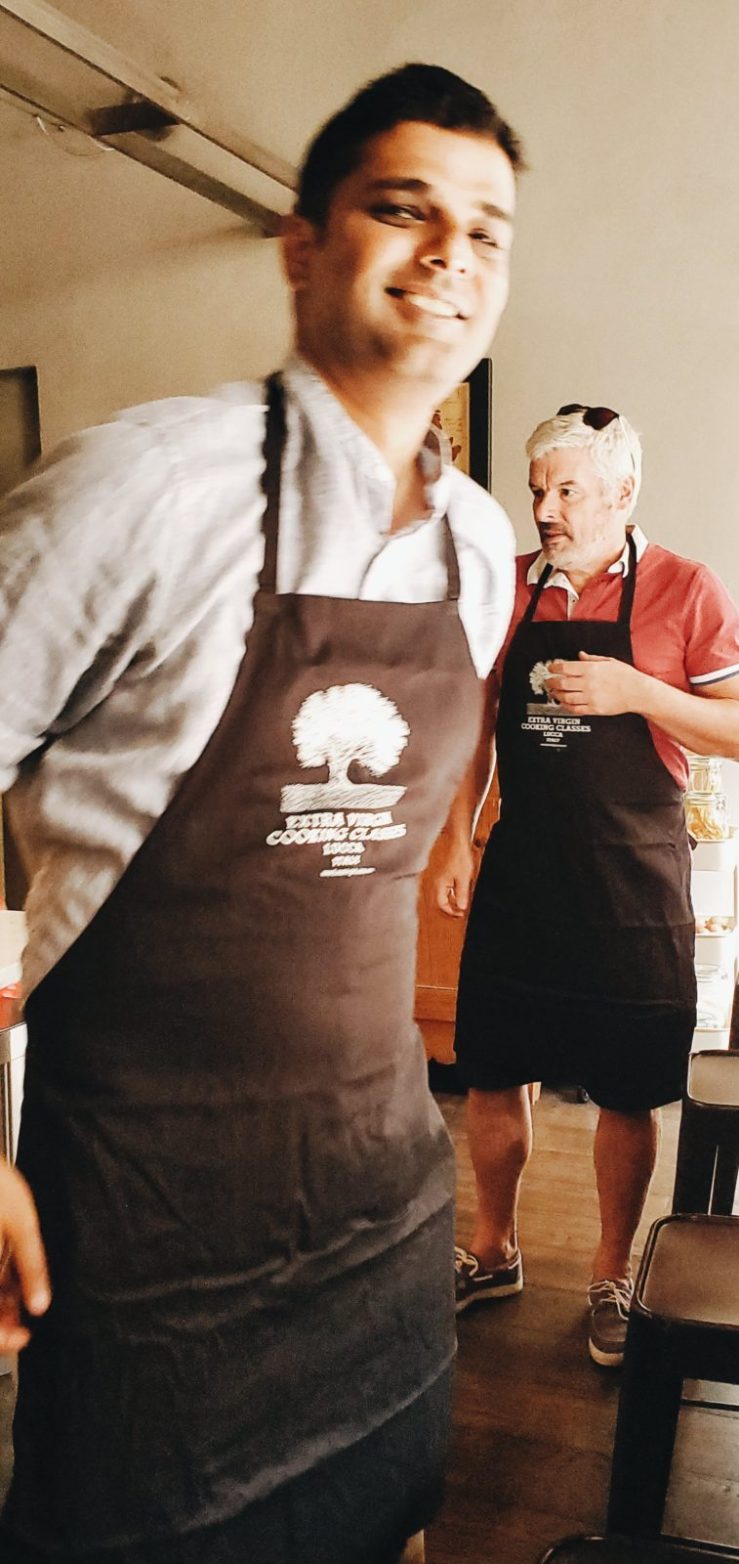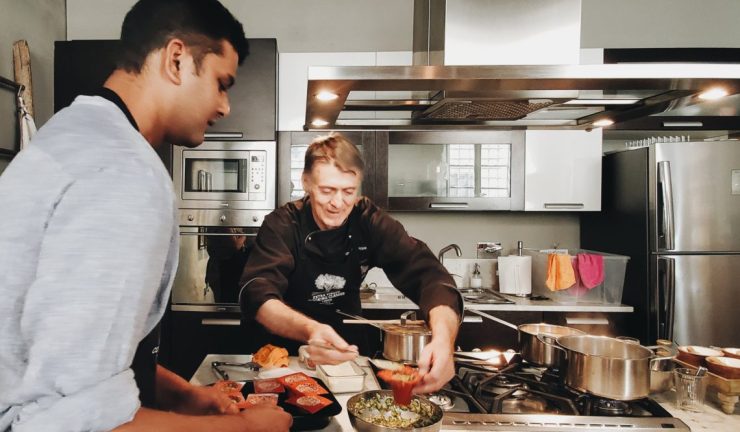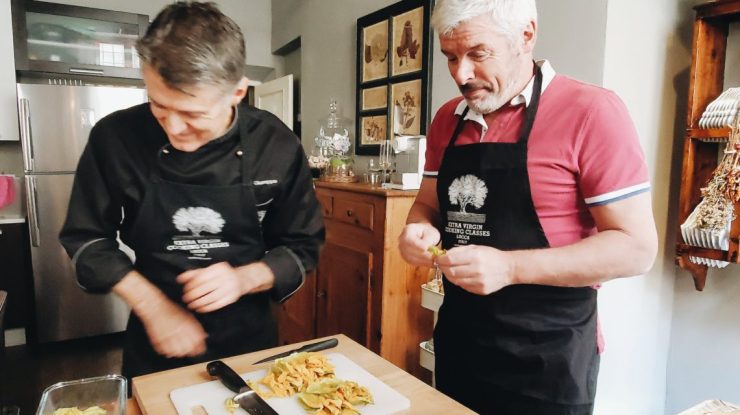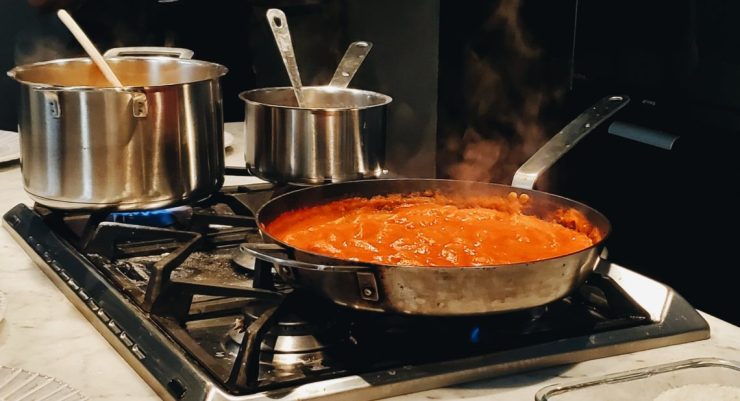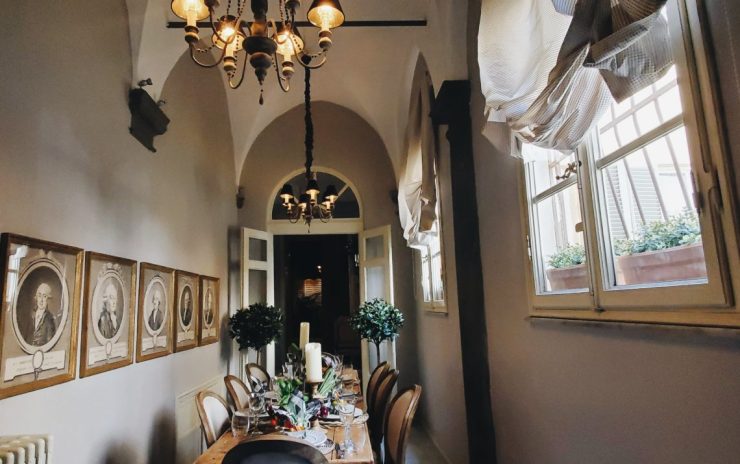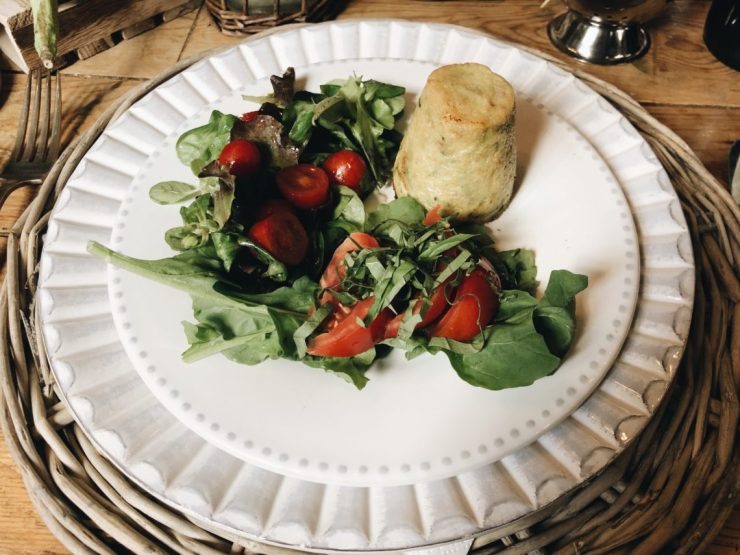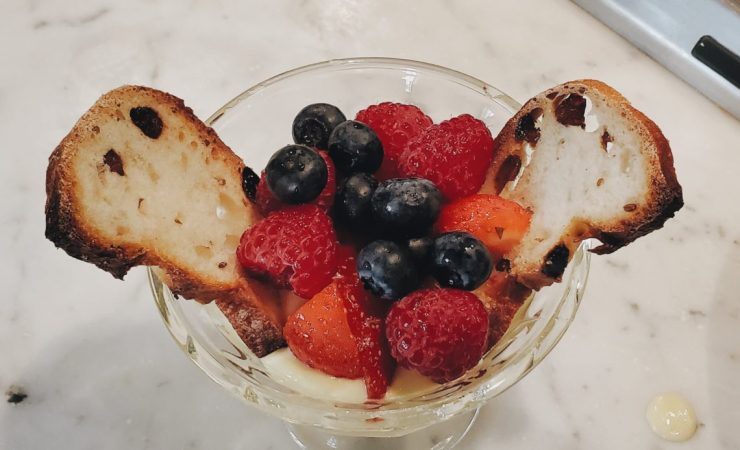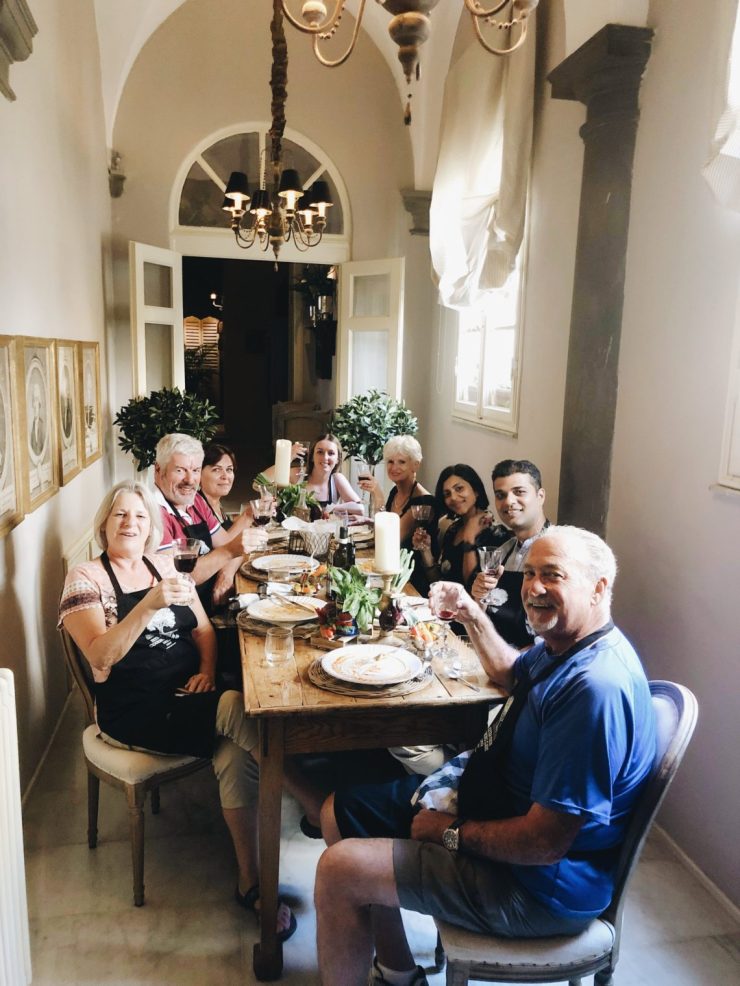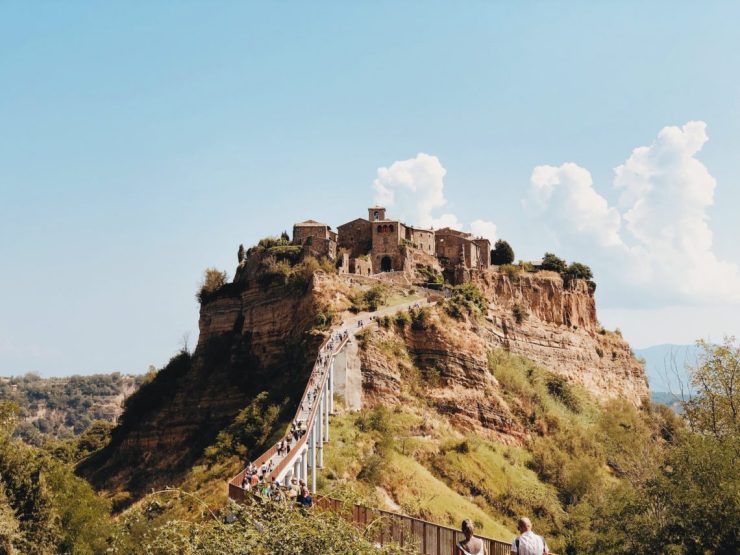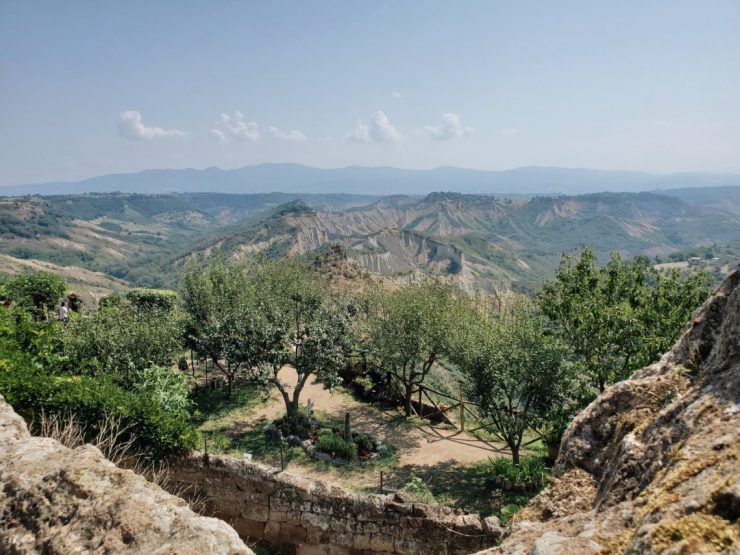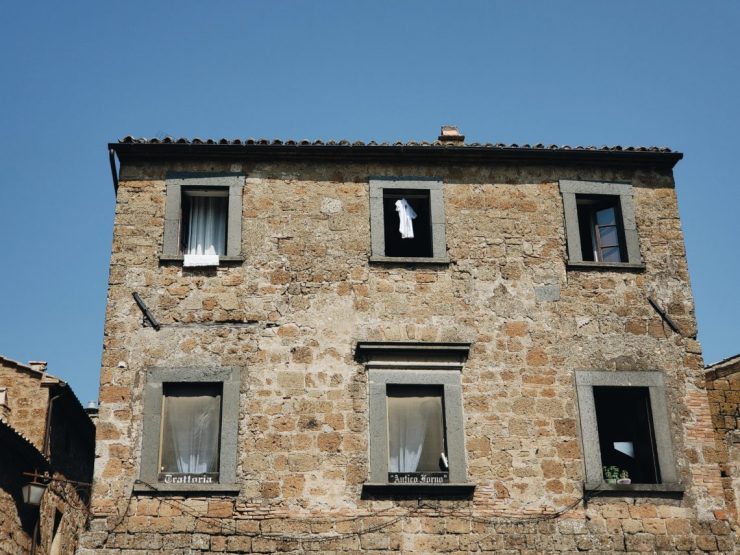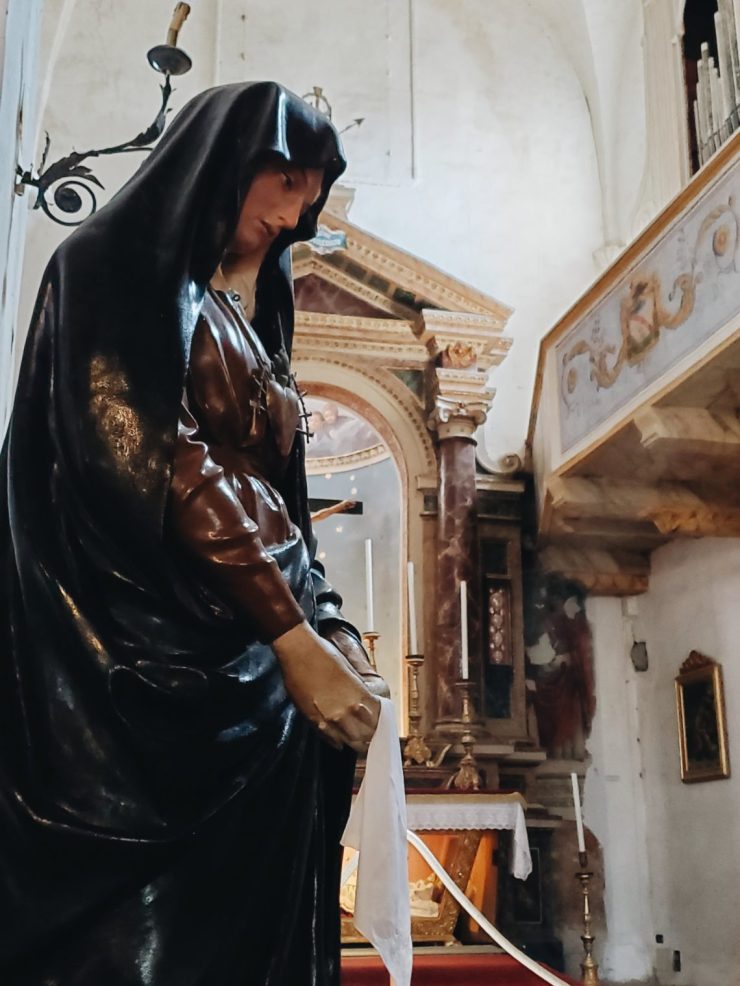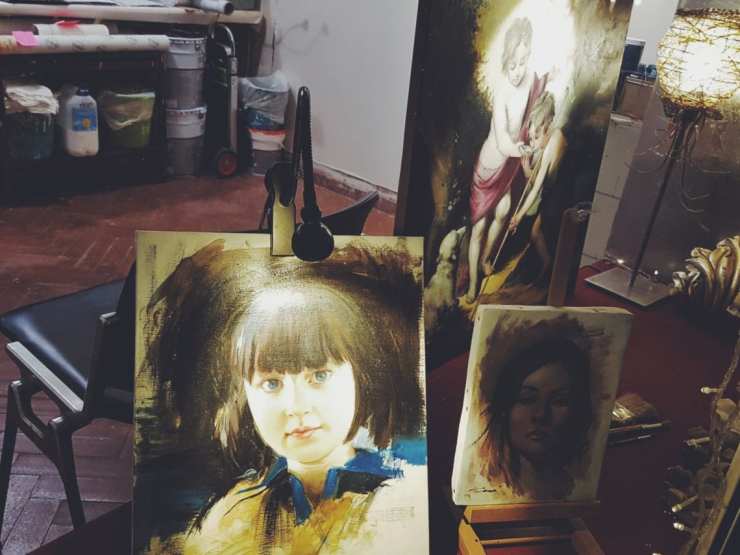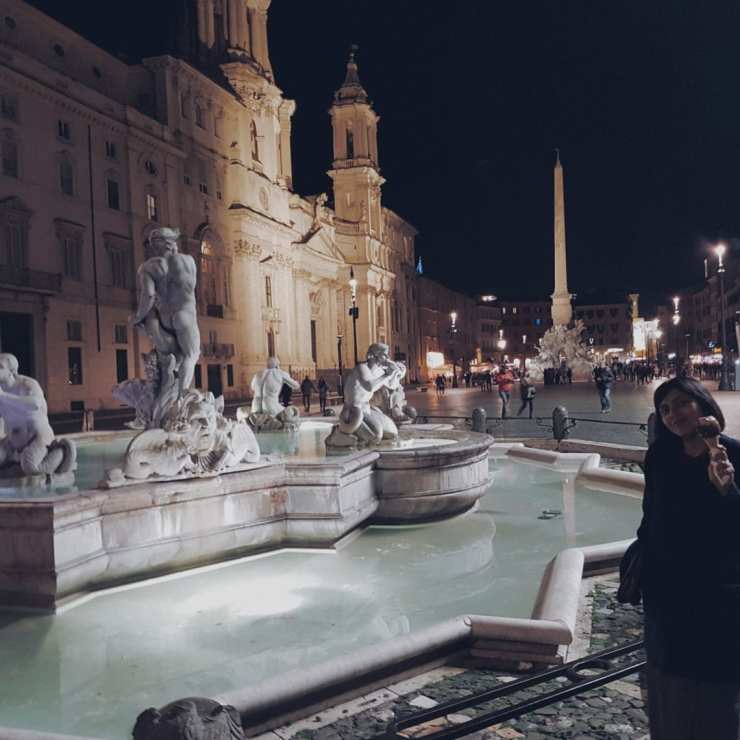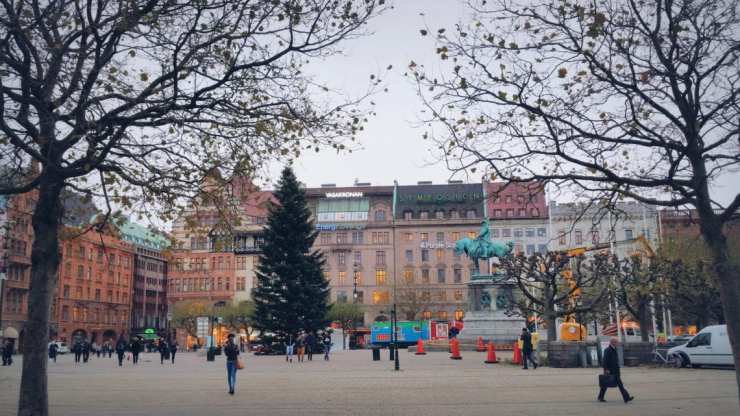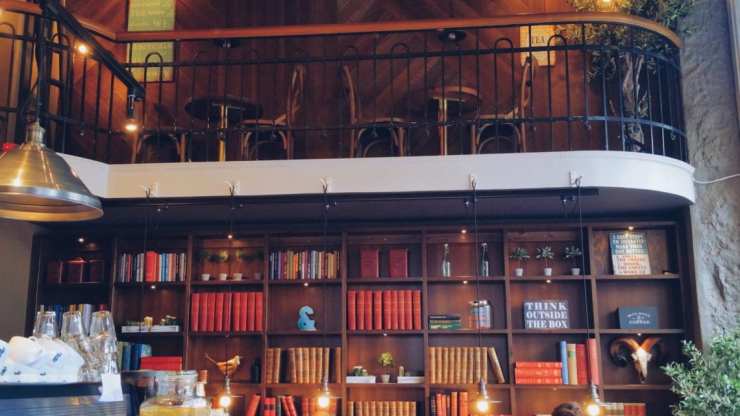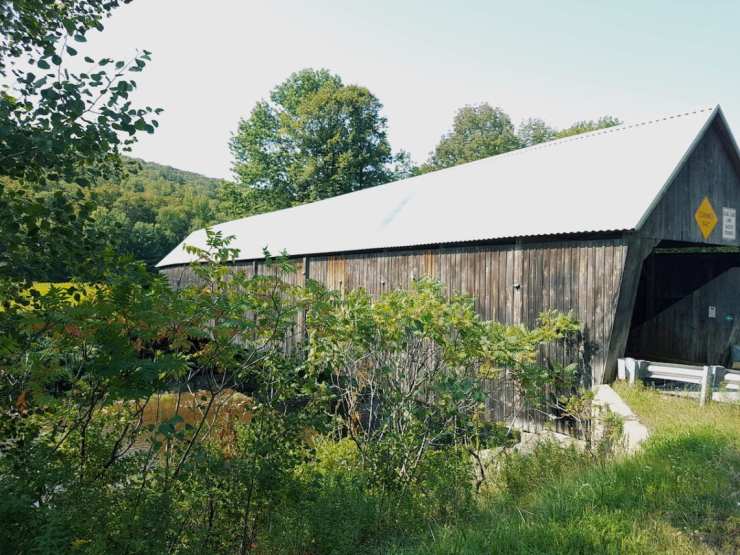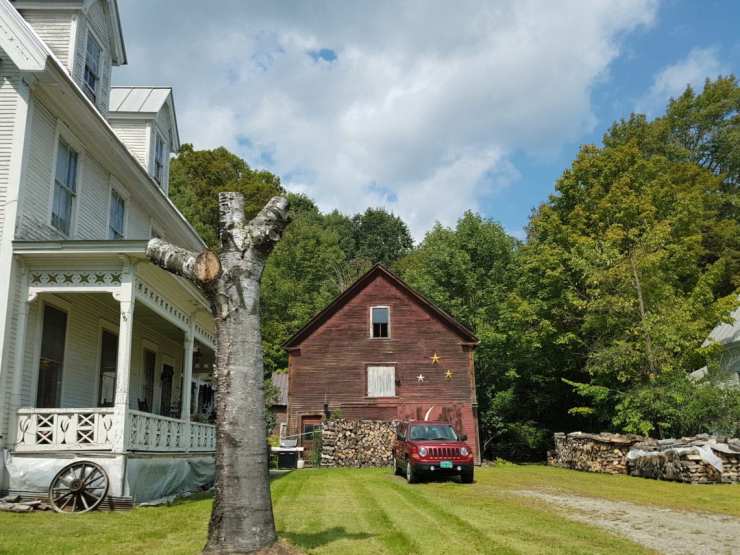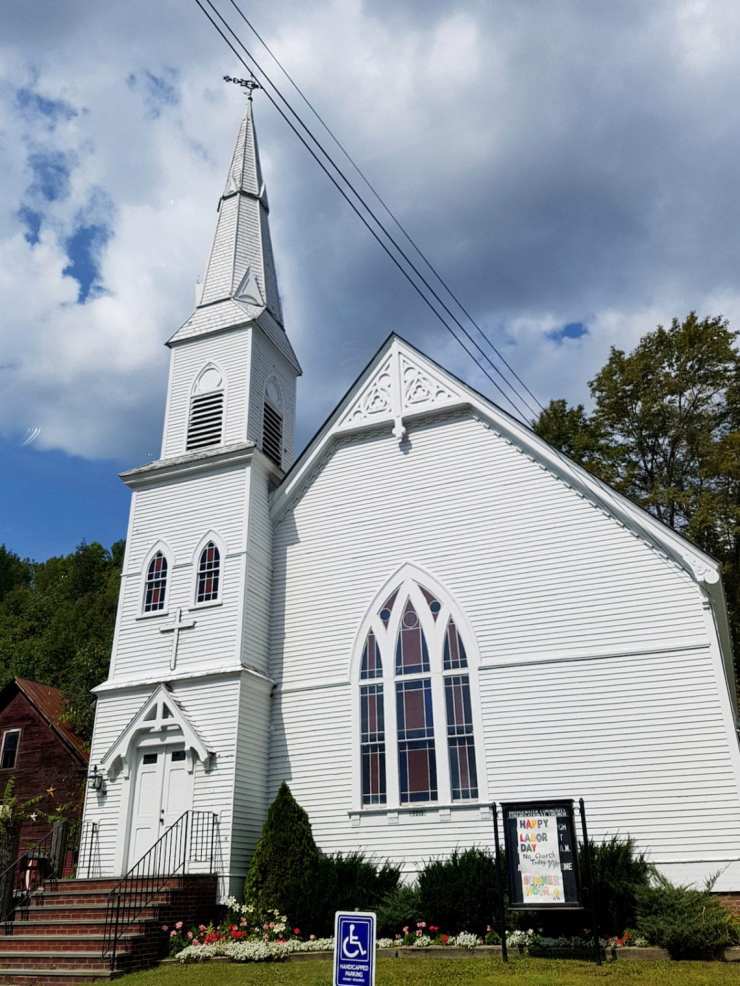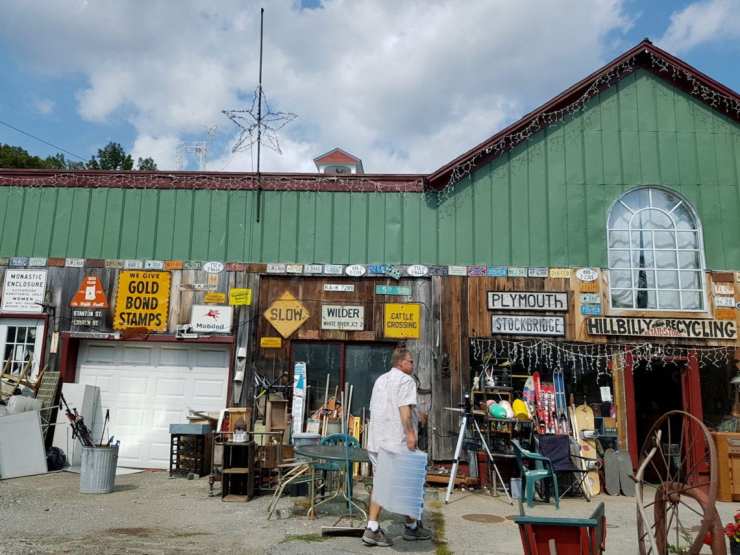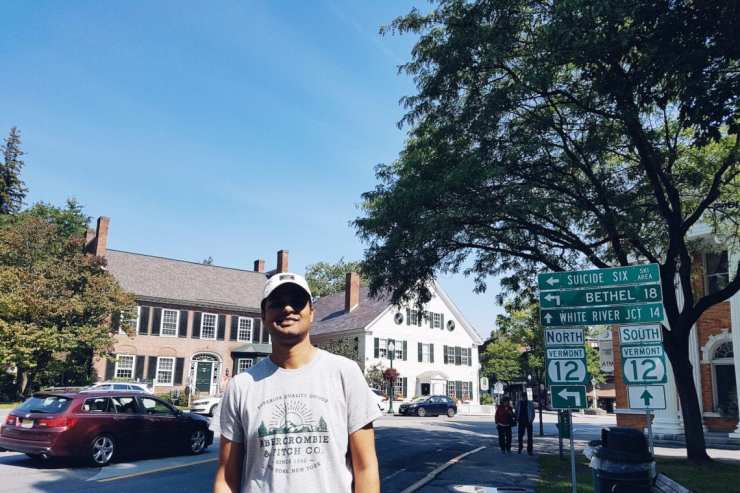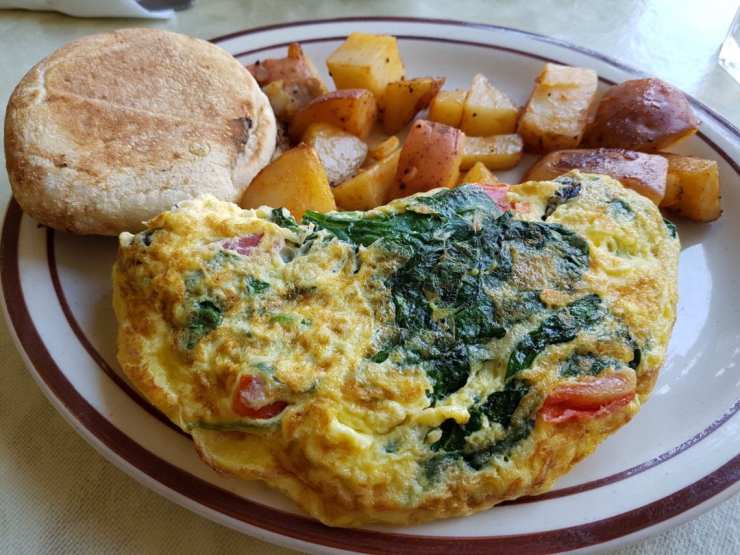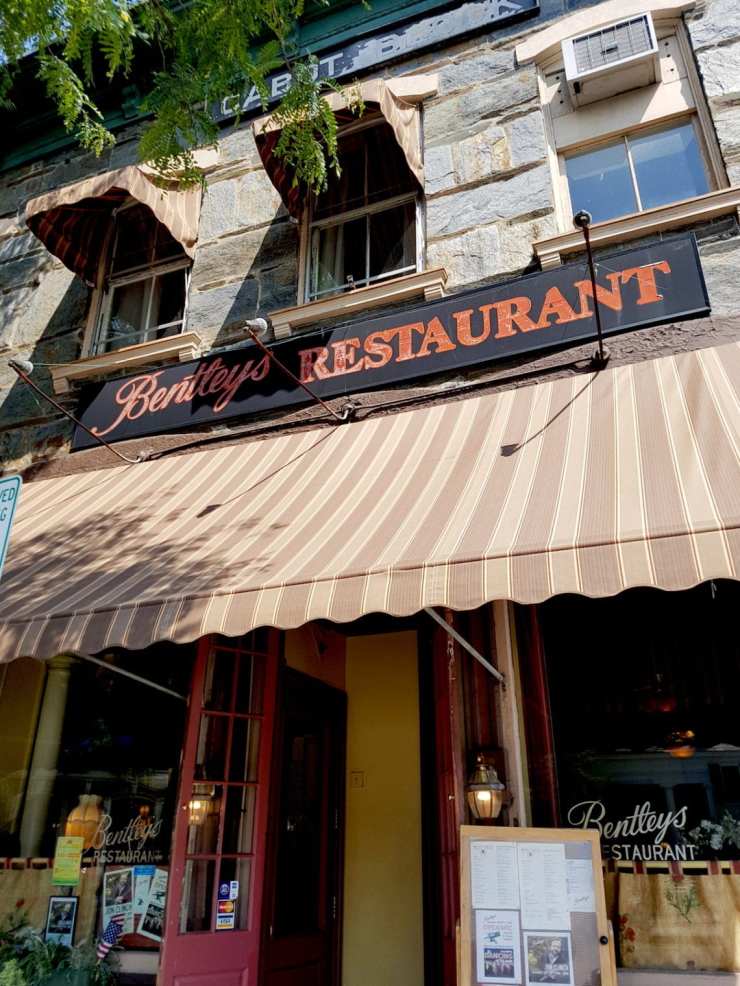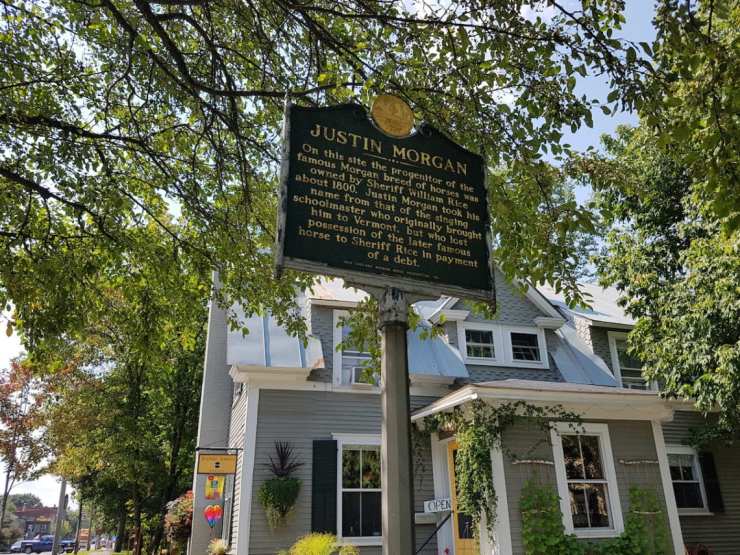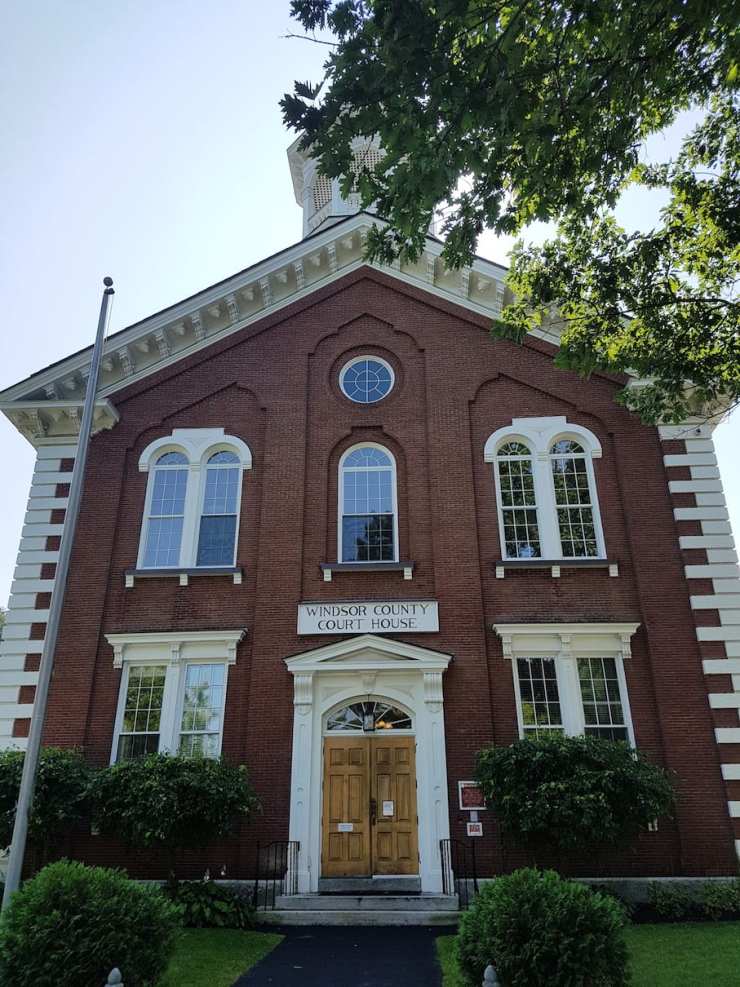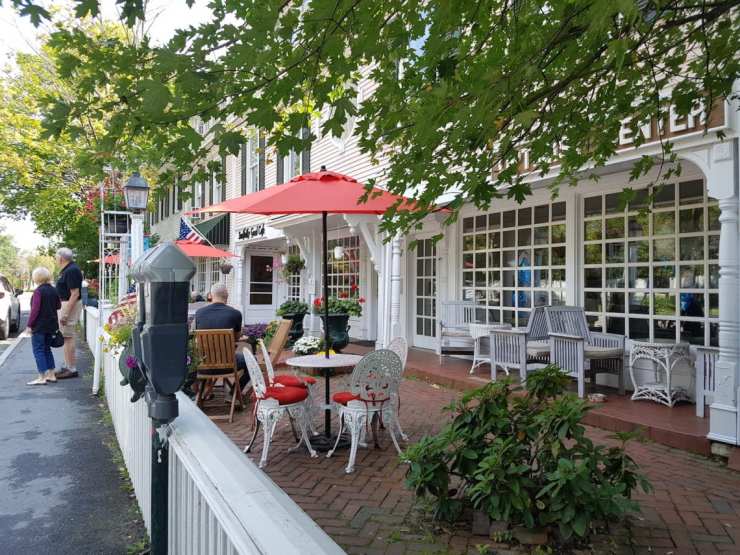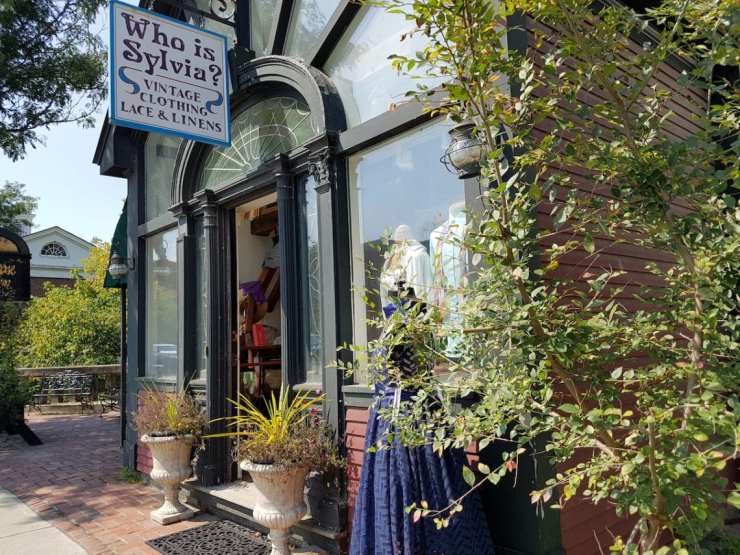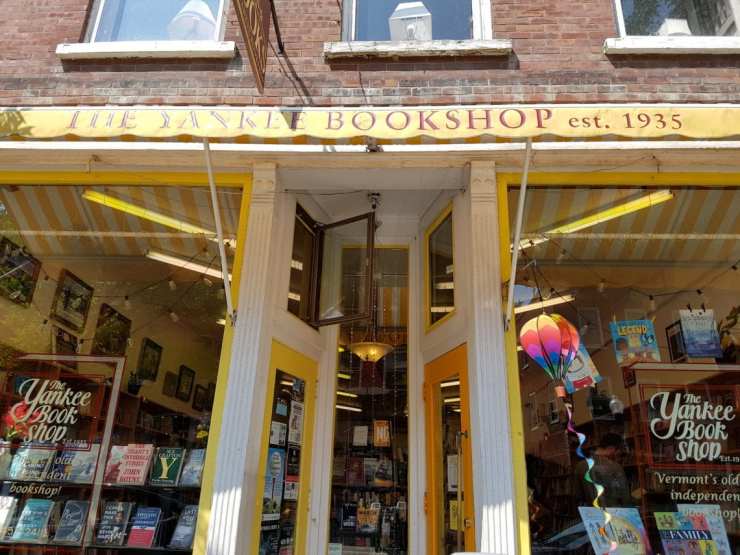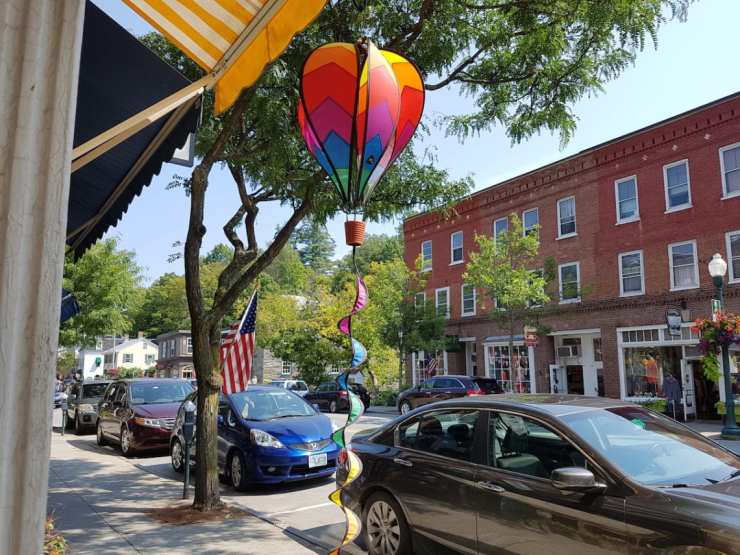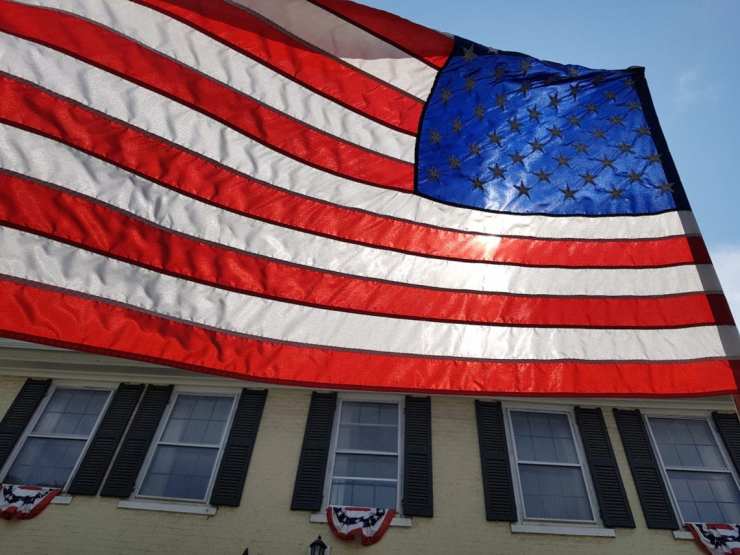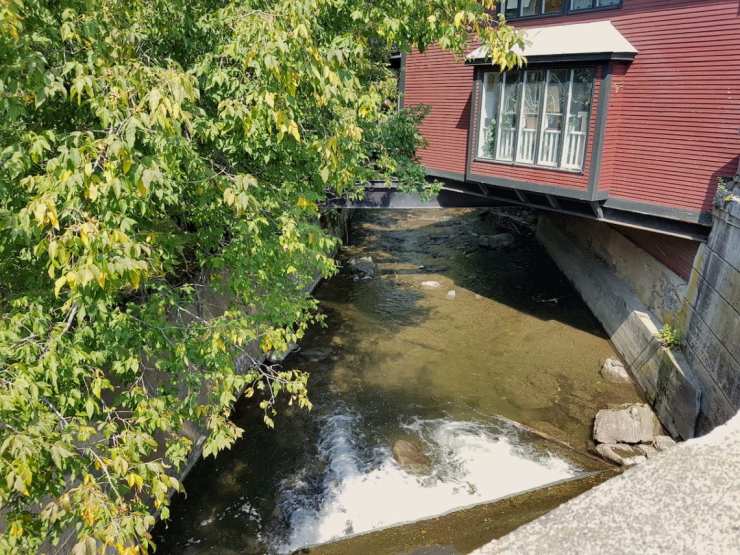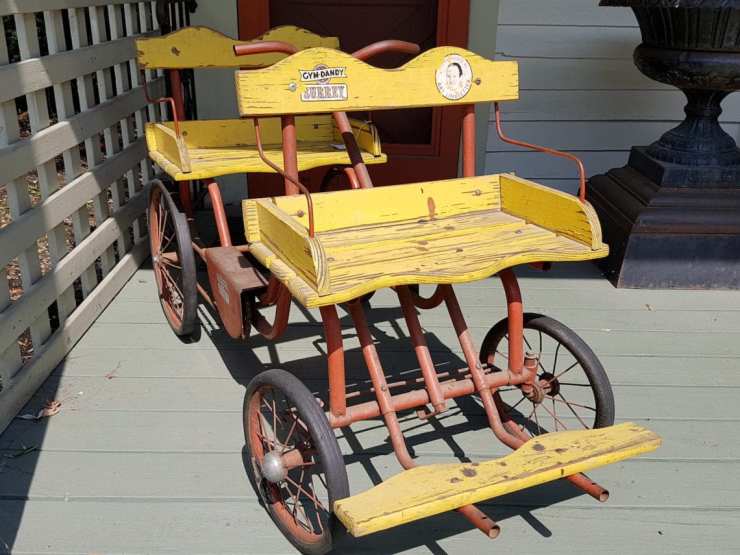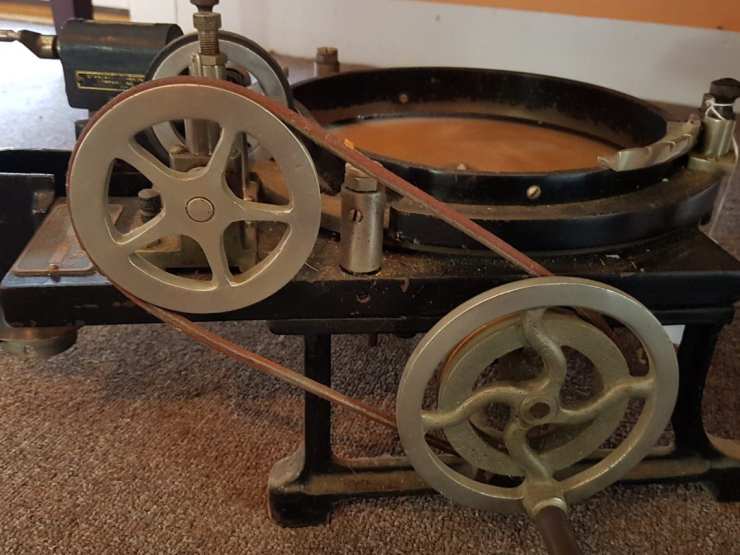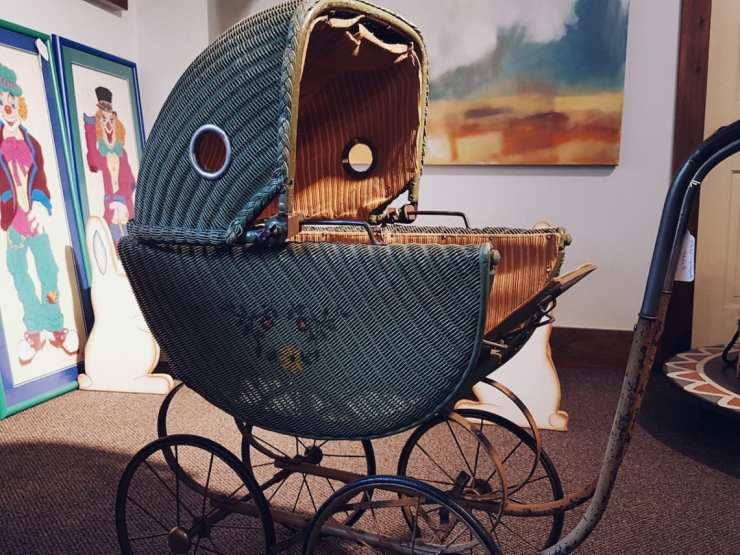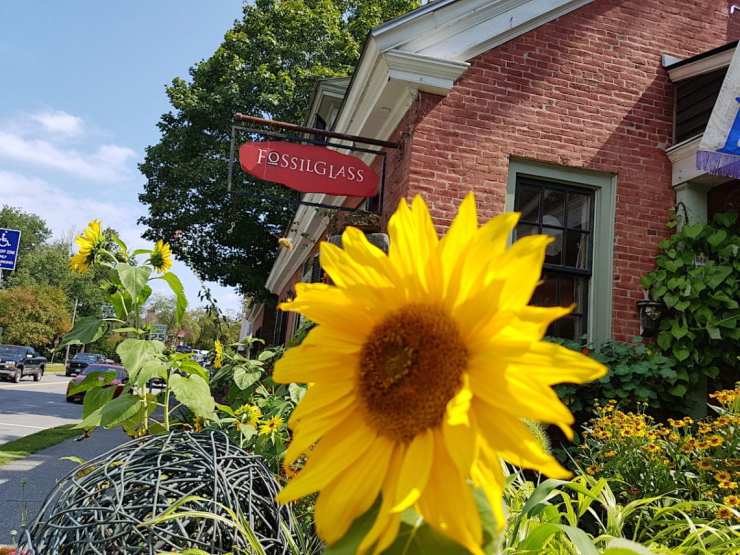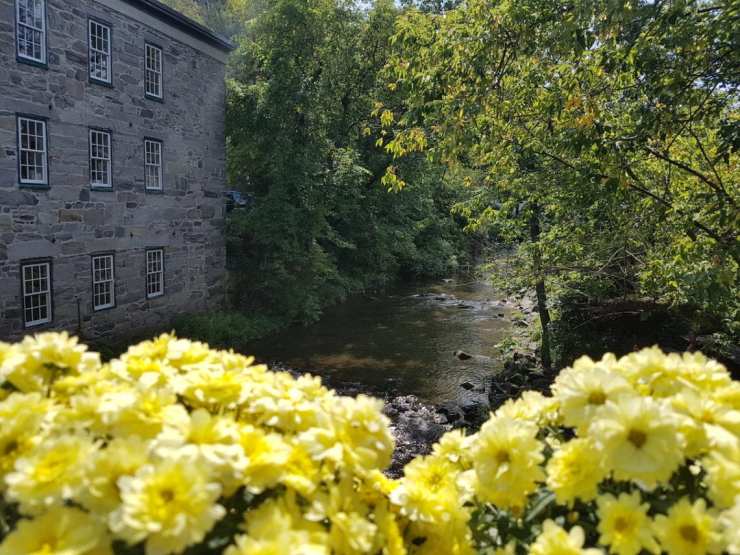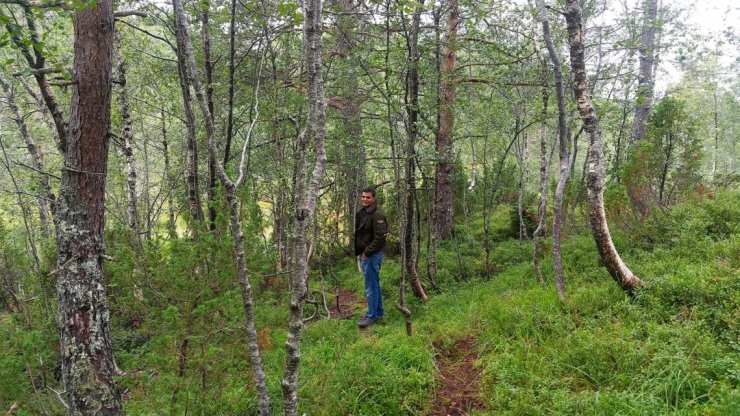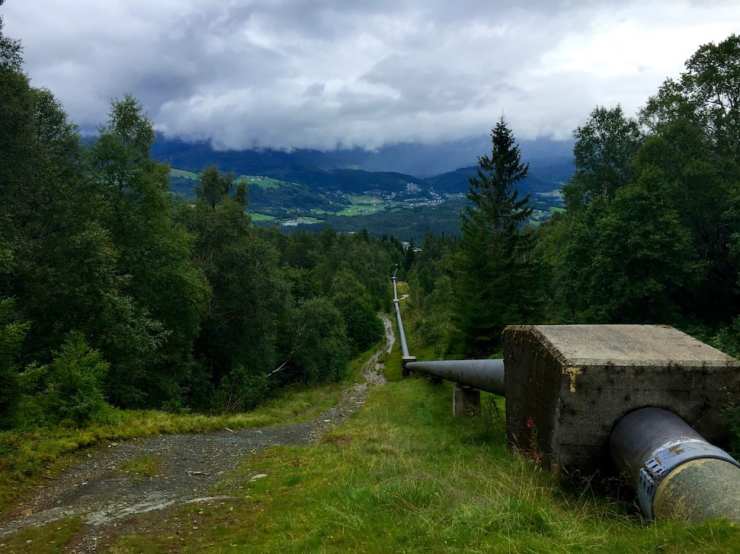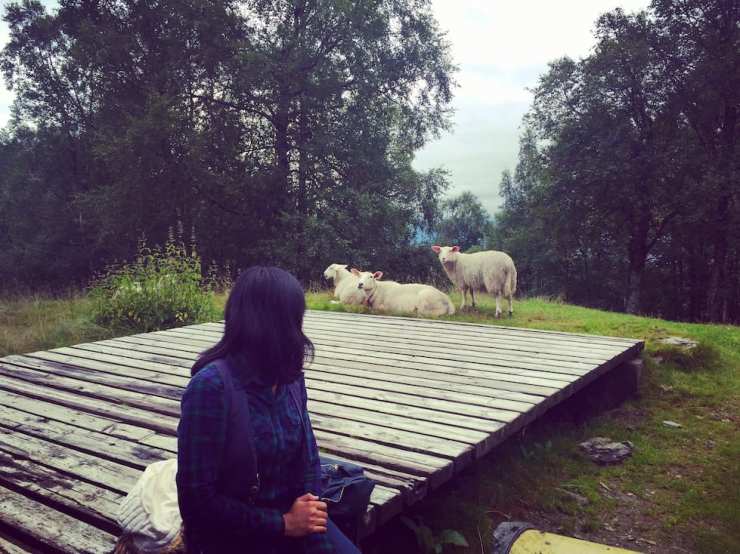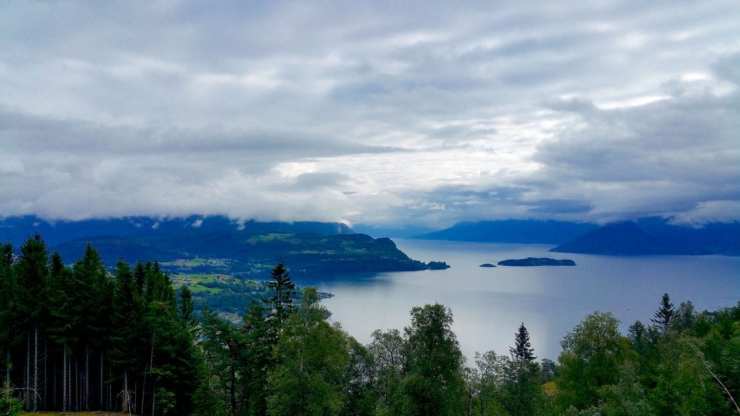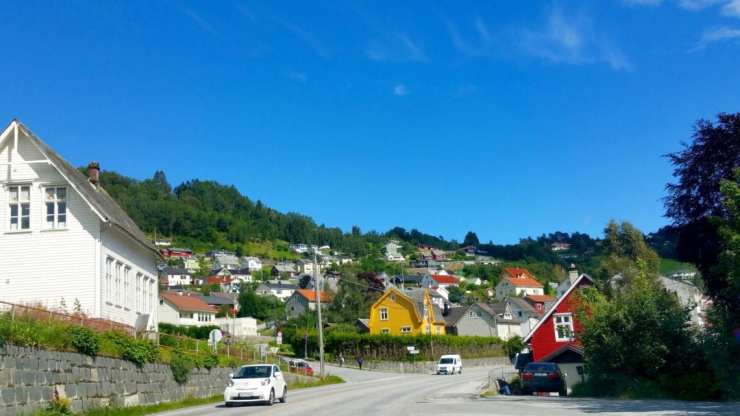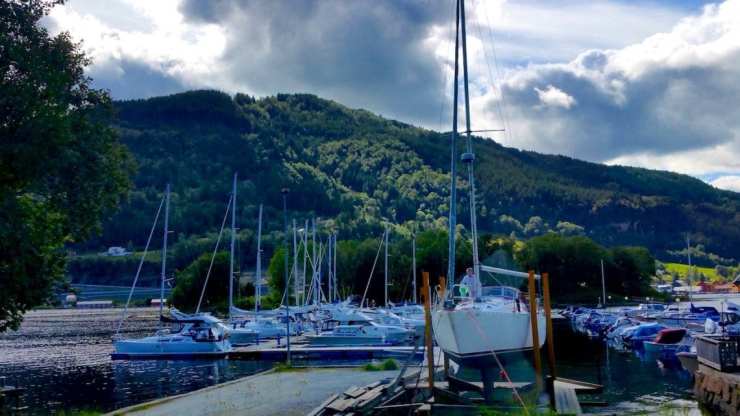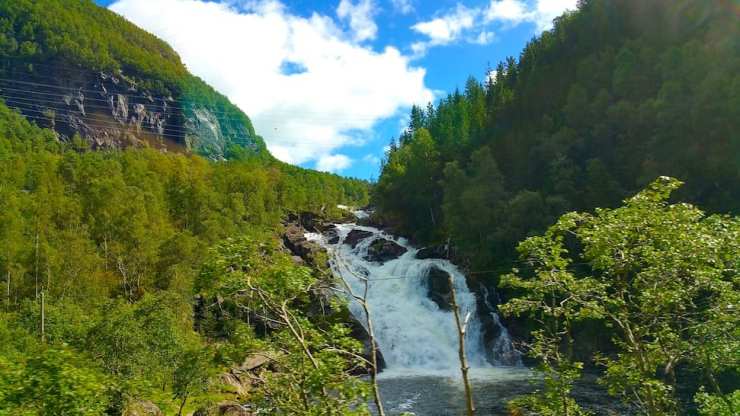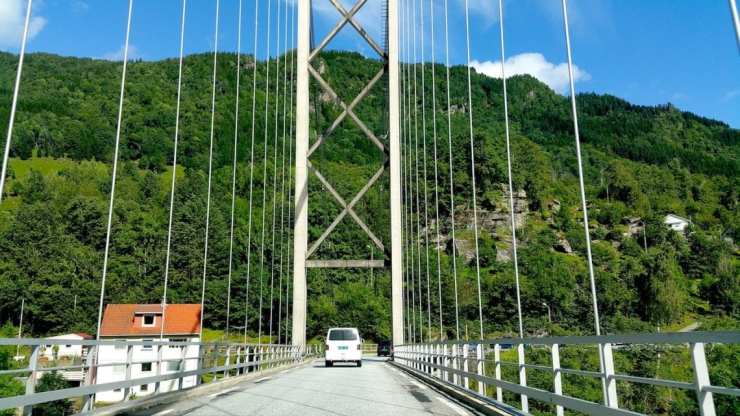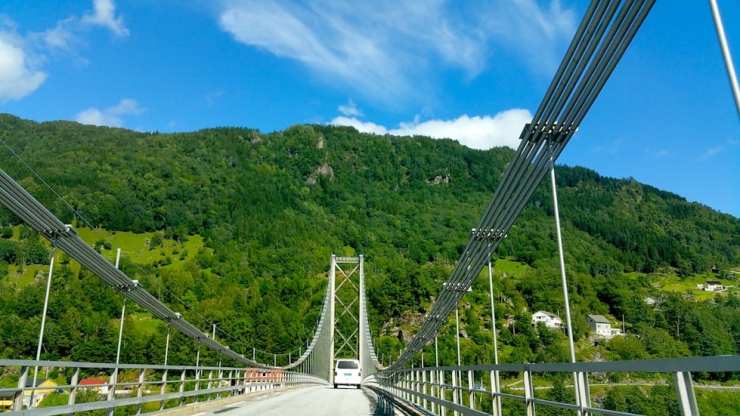In the town of Lucca, a Tuscan secret of sorts, we cooked with a chef in his palazzo (as I already waffled on in my earlier post). It was an intimate gathering of eight. Each one of us different personalities. Strung together by a common thread of curiosity, and if I may add cheekily, a passion for Prosecco. The point of this informal conclave was to figure out the theorem of Italian cooking. How do simple ingredients come together and produce an intense play of flavours? Wherein every morsel creates mini explosions in the taste buds, makes you close your eyes, smack your lips in appreciation, and reach out for more.
The chef, Giuseppe, who was the shepherd of this Prosecco-swigging lot, was born in an olive oil press in a Tuscan valley. He was part of a professional kitchen till he realised that the tension of cooking so far outweighed its pleasures. Giuseppe hit upon the fine idea of organising cooking classes within the comforts of his own home. His wife, who he met through these classes (which leads you to question if life is more than a mere string of coincidences), is a crackerjack at setting up a dining table fit for the queen. You can see how at the very beginning. It would be fair for me to to say for all that we were overcome by this glamorous apartment we found ourselves in, in a grand old palazzo within the medieval city walls of Lucca.
Beneath the blue skies of that hot summer’s day, we went shopping for the ingredients, before we entered the kitchen. As a child, I used to head out everyday for groceries with my father. Naturally, I take great pleasure in this sensory ritual of combing through fresh produce.
There we were, picking up focaccia at a feted bakery in town, culling sweet ancient bread called buccellato from old pasticcerias, examining yellow courgette flowers in grocery shops, tomatoes plump and small, red, green and yellow and sighing over their glossy beauty. More sighs later when we sunk our teeth into their luscious ripeness. The tomatoes burst with liquid beauty in our mouths, along with rounds of fresh mozzarella and basil, rocket leaves drizzled with briskly whisked balsamic and olive oil. We swooned over focaccia, oily and salty, crusty and yet soft inside. Mopped up fresh olive oil with our breads, la scarpetta, after smothering the focaccia with generous lashes of olive oil. Hey, there was no shame there. The most hardened keto advocates would have been driven into unashamed scoffing of bread. I can guarantee you that. Noshing on young and old pecorino cheeses with honey and fig relish.
Then we chopped and cooked, picking up on the chef’s earnest homilies on bread, rice, and olive oil, and left the palazzo, rich with stories, our stomachs lined with enough food, rivers of olive oil and red wine running through our veins — and maybe a scant knowledge of the workings of a Tuscan kitchen.
